Inflation in the United States continues to highlight the divide between higher- and lower-income households, with new data showing that tariffs are contributing to rising prices for everyday goods.
Government reports indicate that businesses have begun passing on tariff-related costs to consumers. While overall inflation remains below its peak, economists note that households with tighter budgets are feeling the effects most directly.
For Yanique Clarke, a nursing student in Manhattan, shopping has become increasingly difficult. “Prices are really drastically high” for essentials like meat, vegetables, and fruit, she said while buying groceries this week. She also noticed higher costs during back-to-school shopping for her 13-year-old daughter.
Data from the Labor Department released Thursday supports these observations: in August, clothing prices rose 0.5% compared to the previous month, while grocery costs increased 0.6%, with items such as coffee seeing particularly sharp gains.
Economists emphasize that lower-income families are especially vulnerable. According to Ernie Tedeschi, director of economics at the Yale Budget Lab, these households devote a larger share of their budgets to imported goods, many of which have seen price increases due to tariffs. A recent Yale Budget Lab report found that, as of June, core goods prices were 1.9% above pre-2025 trends, affecting items like window coverings, appliances, and electronics.
Corporate leaders are also paying attention to shifting consumer habits. McDonald’s CEO Chris Kempczinski recently pointed out that higher-income Americans continue to spend freely, while middle- and lower-income consumers are under more pressure. In response, the fast-food giant is expanding its value menu to attract budget-conscious customers.
Shoppers across New York share similar concerns. Nancy Garcia, who works in the publishing and gifts industry, said she has started comparing prices more carefully, even as supermarkets grow costlier. Meanwhile, Brooklyn resident Sylvia Sealy, a part-time nurse, noted that she now shops around more deliberately. “If there’s something in this store for $15, you could get it somewhere probably for $12,” she explained.
The strain is showing in broader economic measures. Census Bureau data reveals that household income adjusted for inflation rose last year only among the highest earners. Low- and middle-income households saw no significant gains. Similarly, a Federal Reserve Bank of Boston study found that these groups carry higher levels of credit card debt than before the pandemic, while wealthier Americans continue to drive consumer spending.
Ryan Sweet, chief U.S. economist at Oxford Economics, summarized the situation by saying that while consumers overall remain relatively stable, those with fewer savings are facing growing financial stress. “When you peel back the layers of the onion, it’s clear that we have a very bifurcated consumer,” he said.
#EconomicUpdate #ConsumerSpending #InflationWatch #TariffImpact #SupplyChainNews

















